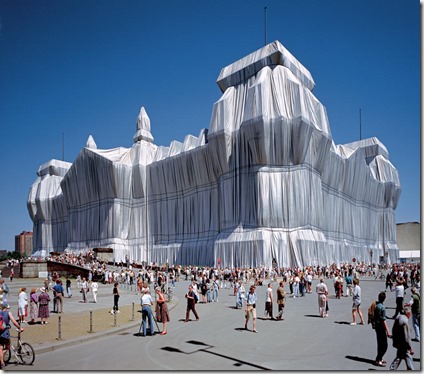William Baumol nel seminale articolo “Performing Arts– The Economic Dilemma” fornì una base teorica per giustificare i finanziamenti alla musica e alla cultura in generale. Il concetto centrale su cui si speculava era quello di “malattia dei costi”…
… The cost disease says that if two sectors have unequal levels of productivity growth then the sector with lower growth will increase in relative price. If in 1900, for example, it took 1 day of labor to produce one A good and 1 day of labor to produce one B good then the goods will trade 1: 1. Now suppose that by 2000 1 unit of labor can produce 10 units of A but still only one unit of B. Now the goods trade 10: 1. In other words, in 1900 the price or opportunity cost of one B was one A but in 2000 to get one B you must give up 10 A. B goods have become much more expensive….
Nel tempo la produttività aumenta in alcuni settori più che in altri, cio’ significa che alcune merci diventano sempre meno convenienti (in senso relativo).
Il settore musicale è il classico esempio di settore a produttività costante nei secoli: per suonare una sinfonia di Mozart occorre sopportare lo stesso costo ieri come oggi. Lo spiega bene Alex Tabarrok in “Is the Cost Disease Dead?”…
… The performing arts were the key example– it took four quartet players 40 minutes to perform a Mozart composition in 1900 (or 1800) and it took four quartet players 40 minutes to perform a Mozart composition in 2000, hence no productivity improvements in Mozart performances…
E’ chiaro che se fosse così la concorrenza dei beni realizzati in settori a produttività crescente (praticamente tutti gli altri) spiazzerebbe il consumo di musica, che a quel punto per essere mantenuta in vita andrebbe sussidiata proprio come chiede William Baumol.
Ma molti non concordano: è così solo se ci atteniamo ad una certa definizione del bene-musica. Tuttavia, il bene in senso stretto non è cio’ che si produce ma cio’ che si consuma, se un bene non è consumato da nessuno è inutile e cessa di essere un bene. Il bene-musica, quindi, non è la musica composta o suonata ma la musica ascoltata. In questo senso la produttività del settore si è impennata con l’avvento delle nuove tecnologie che ne consentono una diffusione senza limiti, in tempo reale e a costi irrisori.
Questo è il primo colpo ricevuto dalla teoria del “costo malato”. Ma ce n’è un altro: con l’avvento dell’intelligenza artificiale anche la produttività in senso stretto non avrà limiti, visto che anche i robot potranno suonare Mozart.
Baumol segnalava che i settori a rischio di “costi malati” sono quelli “labour-intensive”, se un settore del genere si trasforma in “capital intensive” i suoi problemi si dissolvono. Quando un robot suona Mozart…
… Capital has become Labour… And when K becomes L, the productivity of L increases with the productivity of K. If manufacturing productivity improves and we are manufacturing robots then any sector that uses robots increases in productivity…

